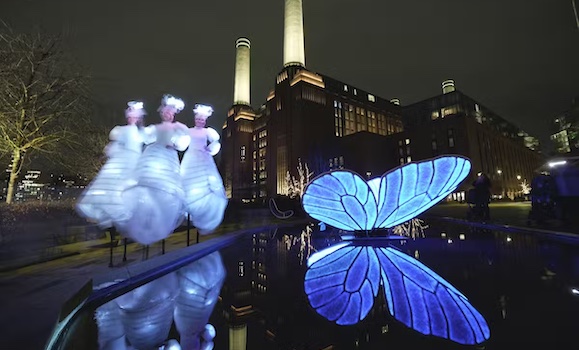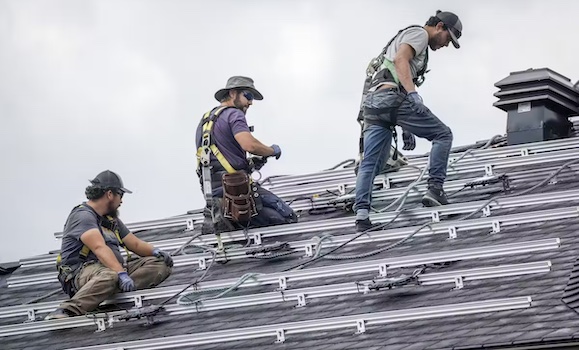Ěý
Originally conceptualized as recycling, we are all familiar with the good feeling that comes from tossing paper, plastic and other materials into the blue bin rather than throwing them in a landfill. It’s time to consider applying an expanded version of this approach to what we call .
Considering the thousands of square kilometres that we have carved, scraped and bulldozed to produce the energy we crave, it is past time we started figuring out how we can recycle energy landscapes and make them useful for new purposes.
In our over-crowded world, we can no longer justify exploiting our landscapes for the energy we need and then simply walking away. We need to embrace a circular economy for our energy landscapes of the past and prepare to recycle the landscapes of the future.
Recycling landscapes
Ěý
Recycling of energy landscapes comes to two forms; that is, the land itself and the infrastructure we place upon it.
Although rare in Canada, the idea is quickly catching on elsewhere. Lignite pits in Germany have been . A derelict, has been transformed into an exhibition, condominiums and retail space.

Performers walk past a light installation at the Battersea Power Station in London in January 2024.Ěý(AP Photo/Kin Cheung)
In Nova Scotia, a at the site of the province’s coal-fired Lingan power station, and newly proposed green hydrogen production facilities on the land of stalled liquefied natural gas projects.
The idea of recycling or reusing applies not just to fossil fuels, but to renewable energy policies as well.
Last summer, the Conservative government of Alberta on the future land use of renewable energy projects like wind and solar farms. earlier this year, the government’s seven-month moratorium banned all new projects under the rationale they threatened the province’s best agricultural lands and “Alberta’s pristine landscapes.”
However, the restrictions brought in, including a 35-kilometre buffer zone, do not apply to new oil and gas projects. Alberta Premier Danielle Smith’s government therefore created a unique set of recycling concerns around renewables that didn’t apply to fossil fuels.
Reusing space in an energy transition
Ěý
At a time when more local smart grid projects — bringing together local renewables, battery storage, smart controls, heat pumps and electric vehicles — are being developed, there’s a need to consider how to go beyond recycling to reuse existing space and infrastructure.
Rooftop solar is an obvious choice to better utilize space, though the footprint of household and on-street EV charging infrastructure is similarly unsubstantial compared to your neighbourhood .

Workers install solar panels on a home in Calgary, Alta., in July 2024.ĚýTHE CANADIAN PRESS/Jeff McIntosh
Recycling in a clean energy transition will not only have great value in energy landscapes, but also in new clean energy technologies themselves. While we are already of climate change-fuelling emissions, we can go further if we advance the practice of recycling and .
But we can’t stop there. We must also prepare to recycle the landscapes these technologies create.
Abandonment is not an option
Ěý
Abandoning exhausted energy sites is wasteful, unnecessary and costly. The customary energy life cycle includes exploration, development, extraction, processing, transmission and sometimes reclamation. We advocate for an additional stage: recycling, thus preparing the land to be reimagined for another cycle of useful purpose.
We must take greater care of the precious Canadian landscape, especially those that have paid dearly to provide the energy we need. Once the land gives all it can, we should consider it not the end of the life cycle but as a new beginning.
Recycling energy landscapes as a strategy challenges the status quo. We must chart a path toward ensuring that such landscapes are repurposed to benefit both ecosystems and society, and embrace a circular economy for the land.![]()
This article is republished from under a Creative Commons license. Read the .

